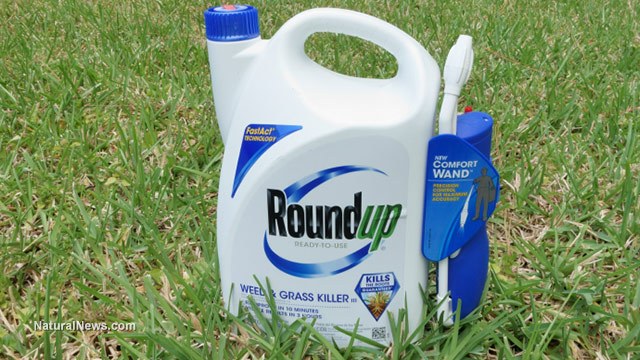Nampa ID City Parks Reduce Usage of Health Damaging Roundup

“Napa is phasing out the herbicide, known by its brand name Roundup, and is substituting other substances, plus increased mulching to attack weeds in public recreational areas, according to Dave Perazzo, the city’s director of parks, trees and facilities.”
See Full Article At the Nampa Registar http://napavalleyregister.com/news/local/napa-edges-away-from-glyphosate-weed-killer-in-city-parks/article_096c09bd-140e-5a3d-a325-d97cab4e88e2.html
Used in yards, farms and parks throughout the world, Roundup has long been a top-selling weed killer. But now researchers have found that one of Roundup’s inert ingredients can kill human cells, particularly embryonic, placental and umbilical cord cells.
The new findings intensify a debate about so-called “inerts” — the solvents, preservatives, surfactants and other substances that manufacturers add to pesticides. Nearly 4,000 inert ingredients are approved for use by the U.S. Environmental Protection Agency.
Glyphosate, Roundup’s active ingredient, is the most widely used herbicide in the United States. About 100 million pounds are applied to U.S. farms and lawns every year, according to the EPA.
Until now, most health studies have focused on the safety of glyphosate, rather than the mixture of ingredients found in Roundup. But in the new study, scientists found that Roundup’s inert ingredients amplified the toxic effect on human cells—even at concentrations much more diluted than those used on farms and lawns.
One specific inert ingredient, polyethoxylated tallowamine, or POEA, was more deadly to human embryonic, placental and umbilical cord cells than the herbicide itself – a finding the researchers call “astonishing.”
“This clearly confirms that the [inert ingredients] in Roundup formulations are not inert,” wrote the study authors from France’s University of Caen. “Moreover, the proprietary mixtures available on the market could cause cell damage and even death [at the] residual levels” found on Roundup-treated crops, such as soybeans, alfalfa and corn, or lawns and gardens.
The research team suspects that Roundup might cause pregnancy problems by interfering with hormone production, possibly leading to abnormal fetal development, low birth weights or miscarriages.
“The authorizations for using these Roundup herbicides must now clearly be revised since their toxic effects depend on, and are multiplied by, other compounds used in the mixtures,” Seralini’s team wrote.
Controversy about the safety of the weed killer recently erupted in Argentina, one of the world’s largest exporters of soy.
Last month, an environmental group petitioned Argentina’s Supreme Court, seeking a temporary ban on glyphosate use after an Argentine scientist and local activists reported a high incidence of birth defects and cancers in people living near crop-spraying areas. Scientists there also linked genetic malformations in amphibians to glysophate. In addition, last year in Sweden, a scientific team found that exposure is a risk factor for people developing non-Hodgkin lymphoma.
Inert ingredients are often less scrutinized than active pest-killing ingredients. Since specific herbicide formulations are protected as trade secrets, manufacturers aren’t required to publicly disclose them. Although Monsanto is the largest manufacturer of glyphosate-based herbicides, several other manufacturers sell similar herbicides with different inert ingredients.
The term “inert ingredient” is often misleading, according to Caroline Cox, research director of the Center for Environmental Health, an Oakland-based environmental organization. Federal law classifies all pesticide ingredients that don’t harm pests as “inert,” she said. Inert compounds, therefore, aren’t necessarily biologically or toxicologically harmless – they simply don’t kill insects or weeds.
Kemery said the EPA takes into account the inert ingredients and how the product is used, whenever a pesticide is approved for use. The aim, he said, is to ensure that “if the product is used according to labeled directions, both people’s health and the environment will not be harmed.” One label requirement for Roundup is that it should not be used in or near freshwater to protect amphibians and other wildlife.
But some inert ingredients have been found to potentially affect human health. Many amplify the effects of active ingredients by helping them penetrate clothing, protective equipment and cell membranes, or by increasing their toxicity. For example, a Croatian team recently found that an herbicide formulation containing atrazine caused DNA damage, which can lead to cancer, while atrazine alone did not.




